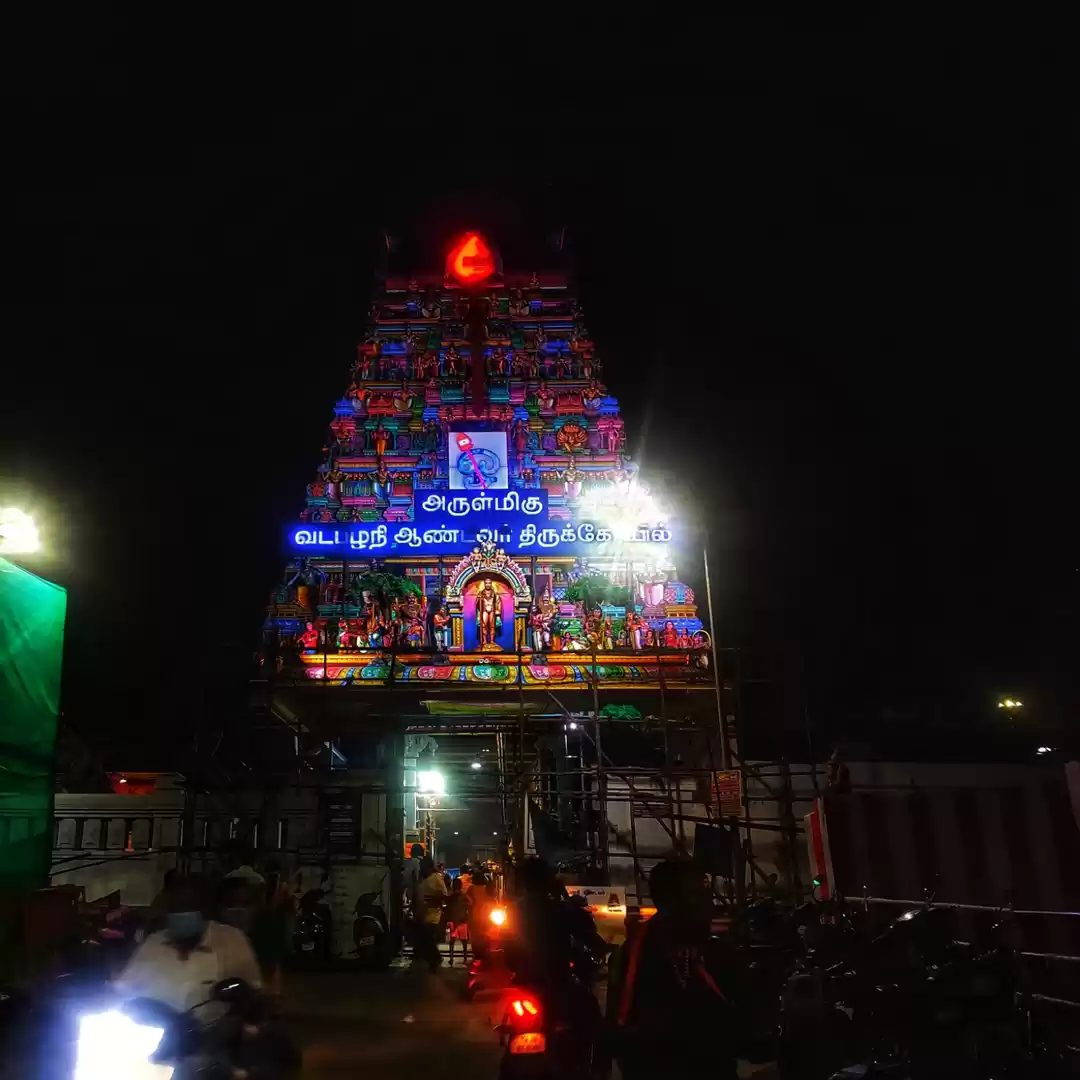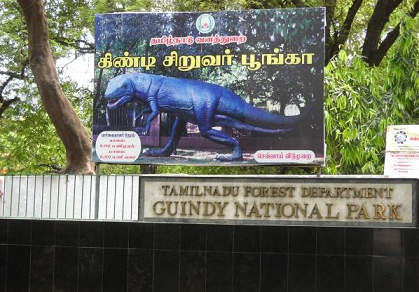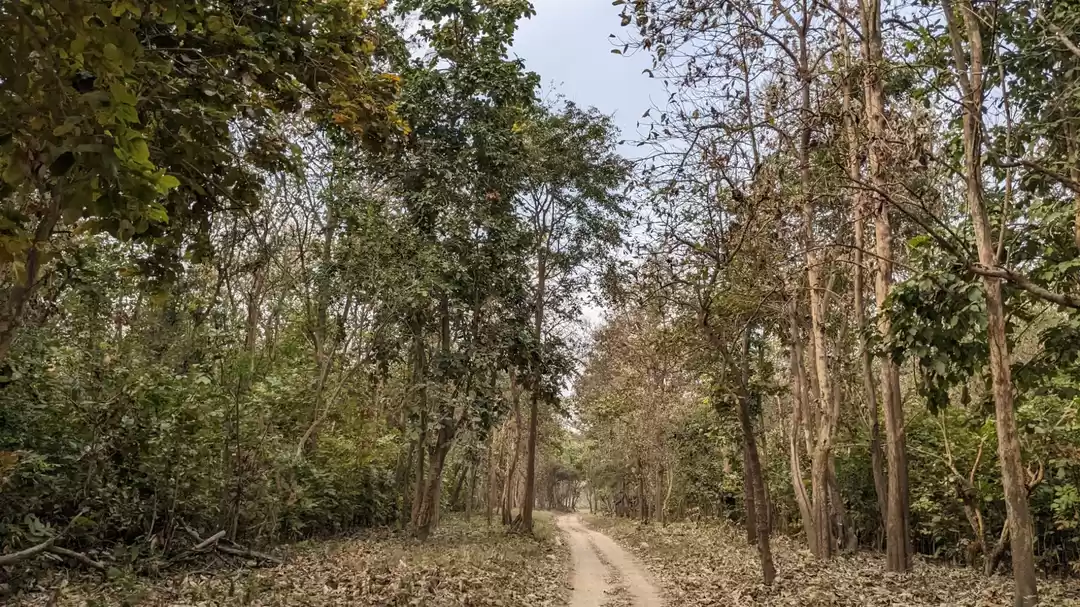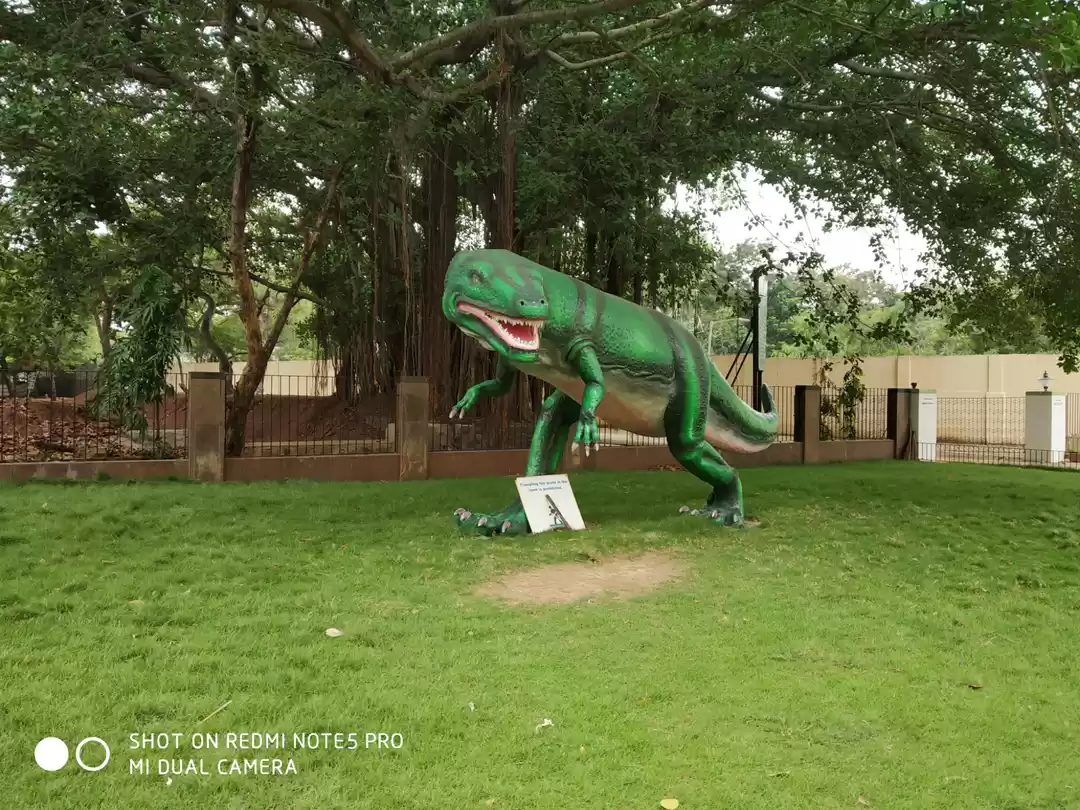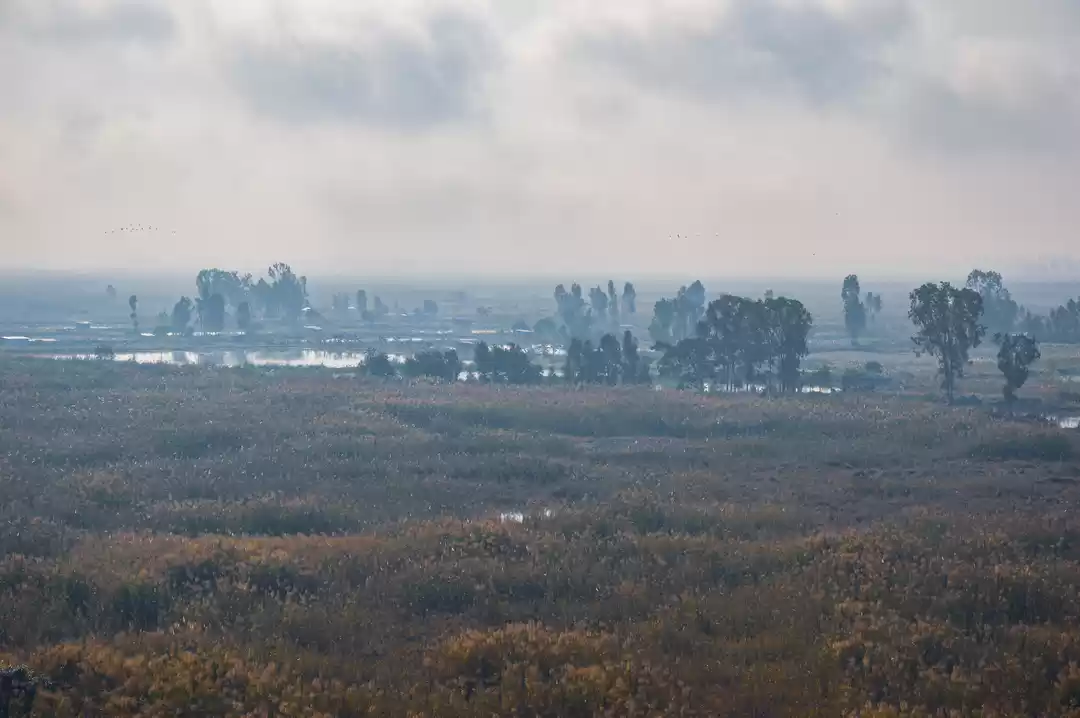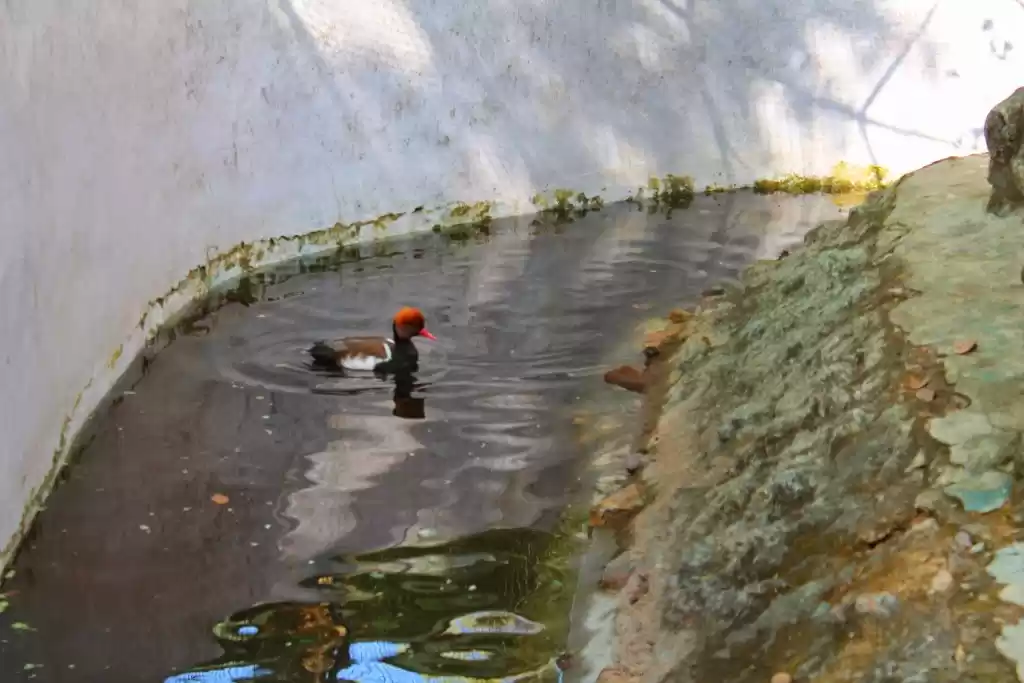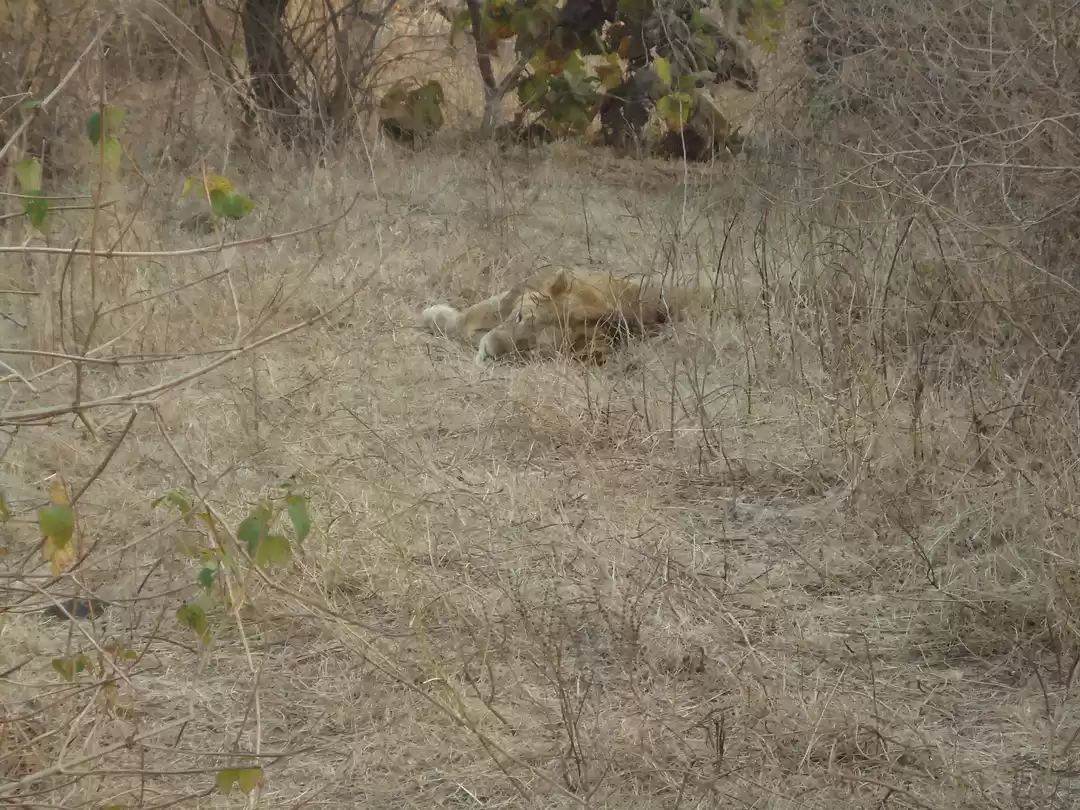Have you ever wondered what it would be like to see a blackbuck, a spotted deer, or a jackal in the middle of a bustling city? If yes, then you should definitely visit Guindy National Park, one of the smallest and most unique national parks in India, located within the city of Chennai.
This park is a hidden gem of wildlife and nature, where you can witness the diversity and beauty of India’s flora and fauna, without having to travel far from the urban comforts. In this article, we will tell you everything you need to know about Guindy National Park, its attractions, wildlife, history, and how to plan your visit.
Attractions in Guindy National Park
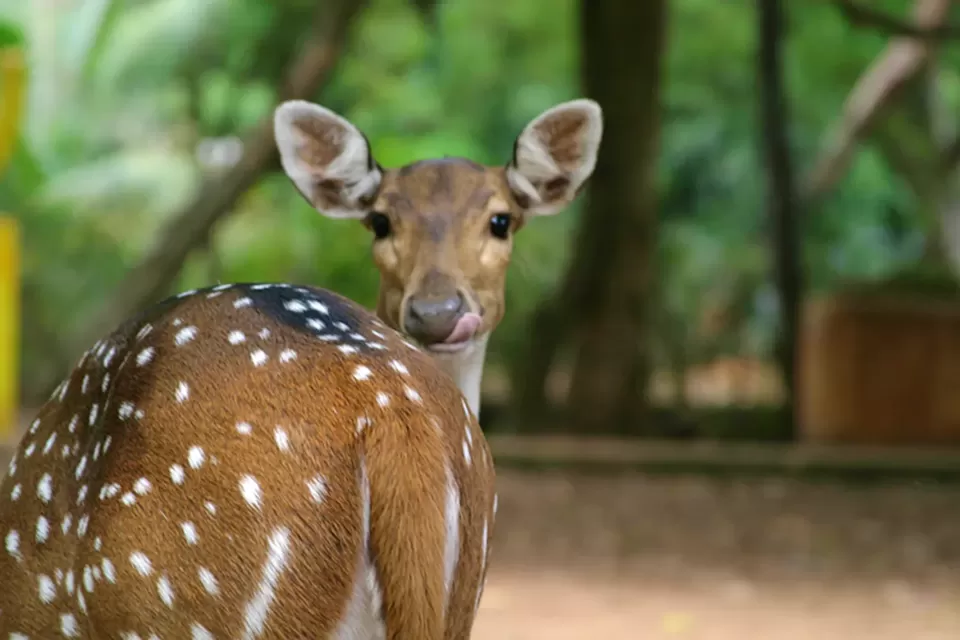
Guindy National Park covers an area of 2.82 square kilometers, making it the eighth smallest national park in India. However, don’t let its size fool you. This park has a lot to offer to its visitors, as it is divided into three sections: the snake park, the children’s park, and the safari area.
Snake Park
The snake park is one of the most popular attractions in Guindy National Park, as it houses a variety of reptiles, such as cobras, pythons, vipers, crocodiles, turtles, and lizards. You can learn about their habitats, behaviors, and conservation status from the informative displays and guides. You can also watch live shows where the snake handlers demonstrate how to handle and feed these fascinating creatures.
Children’s Park
The children’s park is a great place for kids and families to have fun and learn about nature. It has a playground, a mini zoo, an aquarium, and a museum. You can see animals like monkeys, rabbits, birds, fish, and insects in their enclosures. You can also enjoy some interactive exhibits and games that teach you about wildlife and ecology.
Safari Area
The safari area is the main attraction of Guindy National Park, as it is where you can see the wild animals roaming freely in their natural habitat. You can take a guided tour on a vehicle or walk along the trails to observe them from a safe distance. You can spot animals like blackbucks, spotted deer, jackals, mongooses, civets, pangolins, and porcupines. You can also see many species of birds, butterflies, and plants that add to the beauty and diversity of the park.
Wildlife in Guindy National Park
Guindy National Park is home to more than 400 species of animals and plants, making it one of the richest biodiversity hotspots in India. The park is especially known for its population of blackbucks, which are endangered antelopes with spiral horns and white markings on their faces. They are the state animal of Andhra Pradesh and are considered sacred by some communities.
The park also has a large number of spotted deer or chital, which are graceful herbivores with white spots on their coats. They are often seen grazing in groups or resting under the shade of trees.
The park also hosts some rare and elusive animals like jackals, which are omnivorous canids that hunt in packs or scavenge for food. They are nocturnal and shy animals that are seldom seen by humans. Another rare animal that can be found in the park is the pangolin, which is a scaly anteater that feeds on termites and ants. It is one of the most trafficked animals in the world due to its scales being used for traditional medicine.
The park also has some smaller but equally interesting animals like mongooses, which are agile and intelligent carnivores that can kill snakes with their speed and reflexes. They are also known for their immunity to snake venom.
Other animals that can be seen in the park include civets, which are cat-like mammals that produce a musky secretion used for perfume making; porcupines, which are rodents with sharp quills that they use for defense; and monitor lizards, which are large reptiles that can grow up to two meters long.
Apart from animals, the park also boasts a rich variety of birds, butterflies, and plants. Some of the common birds that can be spotted in the park are parakeets, peacocks, kingfishers, hornbills, and owls. Some of the colorful butterflies that can be seen in the park are blue tiger, plain tiger, common rose, and lime butterfly. Some of the native plants that grow in the park are neem, banyan, tamarind, and palmyra palm.
History of Guindy National Park
Guindy National Park has a long and interesting history that dates back to the colonial era. The park was originally a part of the Guindy Lodge, which was the official residence of the British governor of Madras.
The lodge was built in 1670 by William Langhorne, who was the first governor of Madras and later expanded and renovated by several governors, and became a grand mansion with gardens, lawns, and orchards.
After India gained independence in 1947, the Guindy Lodge was transferred to the state government of Tamil Nadu, and became the Raj Bhavan, which is the official residence of the governor of Tamil Nadu.
How to Reach Guindy National Park
Guindy National Park is easily accessible from any part of Chennai, as it is well connected by road and rail.
How to reach:
You can reach the park by bus or taxi from any major bus stand or railway station in the city. You can also take the metro rail to Guindy station, which is just a few minutes away from the park entrance. The park is located on Sardar Patel Road, near the Raj Bhavan and IIT Madras.
Timings:
The park is open from 9 am to 5:30 pm on all days except Tuesdays.
Entry fee:
The entry fee for the park is Rs. 20 for adults and Rs. 10 for children. The parking fee for two-wheelers is Rs. 5 and for four-wheelers is Rs. 20. The camera charge for still cameras is Rs. 20 and for video cameras is Rs. 100.
Best Time to Visit Guindy National Park
The best time to visit Guindy National Park is from November to February, when the weather is pleasant and cool, and the park is green and lush. This is also the best time to see migratory birds that visit the park from different parts of the world. You can also witness some festivals and events that are celebrated in the park during this time, such as Wildlife Week, Bird Watching Day, and Butterfly Festival.
You can also visit the park during other seasons, but be prepared for some challenges. From March to May, the weather is hot and humid, and the park is dry and dusty. You may need to carry water bottles, hats, sunglasses, and sunscreen to protect yourself from the heat. From June to October, the weather is rainy and windy, and the park is wet and muddy. You may need to carry umbrellas, raincoats, boots, and insect repellents to protect yourself from the rain and mosquitoes.
Guindy National Park is a hidden gem of wildlife in Chennai that offers a unique experience of nature and adventure within a city. It is a must-visit destination for anyone who loves animals, birds, plants, or history. It is also a great place for families, kids, students, photographers, or anyone who wants to escape from the hustle and bustle of urban life.













